Areni Noir “Karasì” 2015 – Zorah (1,5L)
£58.74
This wine boasts aromas of spiced red and dark berries, dried herbs and pepper with subtle hints of anise. On the palate, rich fruit flavours are interwoven with smooth tannins and a lifted acidity that lingers on the long finish.
Out of stock
To produce the Areni Noir “Karasì” Zorah, the fermentation took place, with indigenous yeasts, in temperature-controlled concrete tanks which were not epoxy lined. After fermentation the wine was aged for 12 months in 1000L-1200L Armenian clay amphorae, made from local clays. Following ancient Armenian wine-making techniques dating back 3000 years, the amphorae are three quarters buried to improve the circulation of the wine in the vessel and to have a constant temperature during the ageing process. The bottled wine was then aged for a further 6 months prior to release.
Zorah has 15 hectares of vineyards, surrounded by mountains, situated at 1400-1600 metres above sea level in the small rural village of Rind, in the heart of Vayots Dzor. Long dry summers with plenty of sunlight and high daytime temperatures that contrast with cool nights encourage a lengthy growing season. The soils consist of a sandy top layer over rocky, low vigour limestone which helps to maintain moisture for the vines during the intense summer heat. The indigenous vines are grown on ungrafted rootstocks as the area is unaffected by Phylloxera and are trellised using the single guyot system with drip irrigation. Extremely resistant to disease and with a very thick skin, Areni Noir has developed the unique capacity to adapt perfectly to the extreme climate of Vayots Dzor, its natural habitat.
Zorik Gharibian planted six hectares of the native Areni grape variety in the Yeghegnadzor Valley in south-eastern Armenia in 2006, under the guidance of Italian viticulturalist Stefano Bartolomei. The vineyard is situated at an altitude of 1,370 metres, close to Mount Ararat and two kilometres from what archaeologists say is one of the oldest wineries in the world, dating back 6,100 years. Because of the area’s isolation, the vines are ungrafted, as phylloxera has never reached this part of Armenia. The wines are made under the guidance of Alberto Antonini. “I was struck by the superb conditions when I first visited the area”, says Alberto. “The altitude gives cool nights and a long growing season, so we don‘t harvest until the end of October. It is very dry with intense sunlight and stony, low-vigour soils. It is one of the most exciting projects I’ve ever been involved with.”


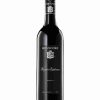
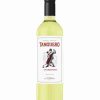



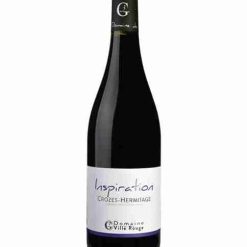

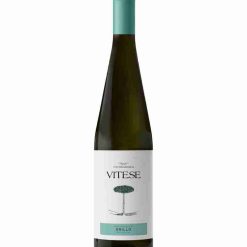
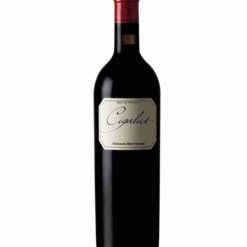

Reviews
There are no reviews yet.